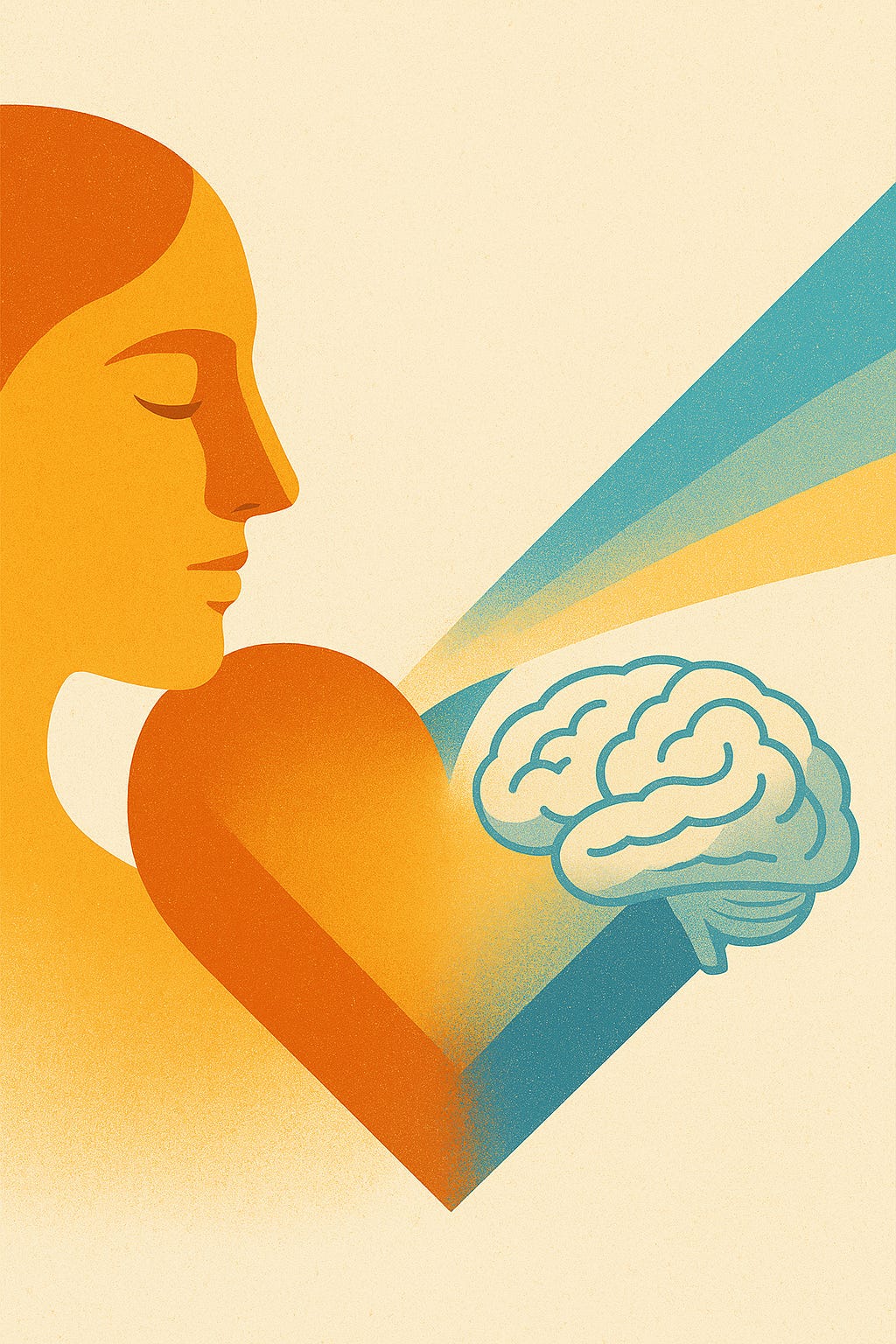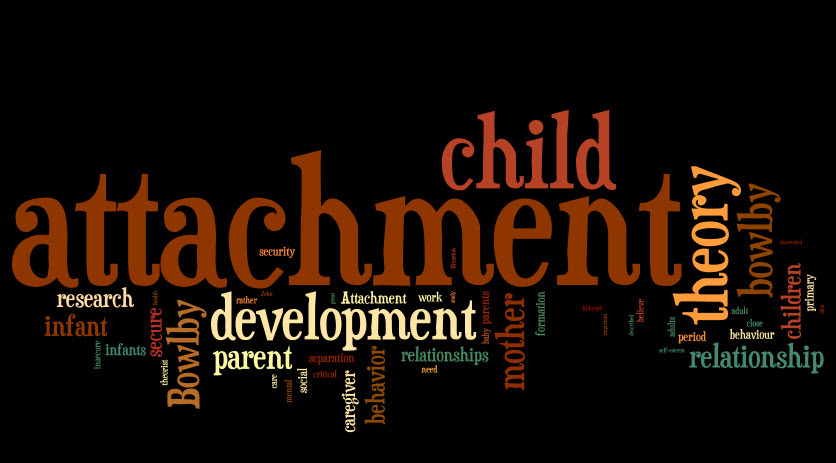Empathy: How We Form Our Relationships
Reflect on almost any day and there will inevitably be recalled an event where one's reaction was either stronger than retrospectively desired or perhaps even came out of seeming nowhere. Unfortunately for our own continued self-doubt and the hurt affected in others, our emotional and subsequent behavioral responses are not often carefully constructed, but arise as if flame from a struck match. Being caught up in a moment of emotional reaction is a foundational part of being human, where we find our emotional mind and the behavior that results is generally much quicker to respond and more drama-inducing than our rational mind subsequently desires. Our emotions generate behavioral actions and inspire further reactions precisely because of that cognitive tool called empathy.
Empathy
Empathy is the ability to reflectively identify an internal feeling as being similar in kind to another's internal feeling and is the ground upon which every relationship, personal and public, grows. Consider empathy as being like a swiss-army knife of emotional union. The number of tools available for empathy is limited by the imaginative capacity of each individual. That capacity is the means to actively construct the tools or forms for empathy to connect with in the other person. One way of looking at this is considering imagination as a connect-the-dots image-maker expanding the reality we're aware of. The available dots and their connections stem from the disparate parts of our past and present experiences. Fantasizing and daydreaming are but a couple of specific references to this general process. We never simply make things up out of nowhere, we're always drawing from our experiences.
These image-constructs are as multi-varied as the narratives we have of ourselves. Similarly then to our own stories, the image possibilities are contingent upon the health and extent of our attachment dynamics within human inter-relational experience. As Schipper et al. (2013) note:
"Frith and Frith (2003) argue that the processes of assessing others’ and one’s own mental states are closely related. This relation of assessment processes suggests that empathy deficits might lead to difficulties in assessing one’s own mental states (Moriguchi et al., 2006), possibly holding for cognitive as well as emotional states (Samson, Huber, & Gross, 2012). Therefore, deficits in empathy might relate to difficulties not only in reading and labeling emotions of other people but also in reading and labeling one’s own emotions. If this is the case, empathy deficits are likely to trigger emotion dysregulation."
We can unpack this by going back to the notion of imagination as a connect-the-dots image-maker, empathy then filling in that form with the feeling of interconnection. One example of this kind of thinking is the images people create out of stars, connecting the dots of celestial entities into known images. Picture a section of sky, where each pinprick of light is a reference point for experiences in life. Then attempt connecting those dots, noting how doing so fills in the stories we have of our lives. Now picture a section of sky for another person. Ignore for a moment that they have their own lines of connection and see how certain points of light seem to overlap with your own, similarities in experience matching up enough so that when the story gets told there's material there to identify with, or as is more commonly said, empathize with. These near-overlapping points may be as subtle as the clothes a person wears to their manner of speaking, and as complicated as ideological identification and unique cultural behavior. Making this a bit more complex, the extent of our ability to note overlapping points is in no small way contingent upon our intent. We can shrink or expand the actualized points of potential overlap depending on our intent or desire.
Empathy as a cognitive process never stops, it simply ebbs and flows based on the extent of the forms available via imagination to connect with another person. Low empathy can be considered here as having a reduced number of forms available for connection. This may be due to personal history, even as it may be due to the context of the relational situation. Whatever the limitations, they are not a fault of the person so much as an indication of the extent to which a relationship will form. Let's be very clear here: no action committed by an individual exists outside of a relational construct. What one is capable of manifesting with one person may be quite different with another and this is entirely based on the potential that resides within the combined space of inter-relationality. All a higher empathic ability indicates is a person's larger repertoire of imaginative constructs allowing them to feel connections within more situations with a more disparate number of people.
Going back to our celestial analogy, the dots overlap but whether they are seen by each person as doing so is contingent upon the potential forms available to each person. The greater number of images able to be imposed the greater the empathic possibility. Note that the images of each person do not have to agree. One person may see a fish, the other a cougar.
Here is where difficulty arises.
"Considering the presented information, we assume that a healthy amount of empathy builds the foundation of an effective emotion regulation. This would not only imply that empathy deficits in terms of low empathic abilities might trigger emotion dysregulation, but also assume that a too high amount of empathy is a potential trigger of emotion dysregulation" (Schipper et al., 2013).
Empathy and Attachments
We feel before the constructs of our relational forms develop. This makes sense, as in order to build a form for something we have to have an idea of what we're working with. The ebb and flow of empathy starts with basic forms found in our original attachment relationships, usually with our care-givers as babies and children, and then expands as new forms develop based on new experiences. Each connection we engage with shifts our capacity to imagine new relationship forms, expanding the means through which we experience life.
Our ability to regulate our emotions is found within the extent to which the forms we have at our imaginative disposal are able to deal in a healthy manner with these new experiences. A low-empathy ability will be constrained by fewer forms available and therefore a person will feel a level of dysregulation when faced with situations/experiences that don't fit. The flip-side of dealing with this will be for the other person a sense of perceived control and a struggle to step out of the limited forms of relationship the low-empathy allows. A high-empathy ability may at first appear as if it wouldn't be a problem, but dysregulation can occur when the forms available are so numerous that there is difficulty in determining how best to relate. The flip-side of this will be a sense of not knowing which aspect of the person is going to show up for the next encounter.
Notice that in neither of the two empathy levels is the constraint found only within one person. Empathy and the forms it manifests through do not exist outside a relational reality/context. The extent of a potential relationship is a combination of all that is brought to the union between two or more people. While the experience of feeling constrained by a limited relationship form can be stifling and the experience of dealing with someone who doesn't know how to fit can be frustrating, this is not a summation of the whole person. Placed in a different context and/or with a different person and the difficulties will melt away, though perhaps also simply manifest as different difficulties.
Relationship as a foundational quality to reality manifests within humanity through this imagination/empathy mechanism. Empathy never stops. Whether we consciously acknowledge its continued presence or not, the flow of our relational lives will change what behavior we manifest. If we keep our imaginations stunted through the rigidity of our thinking, the result is the same as if we were to attempt the chaos of having no form at all: the dysregulation of our lives. The path between rigidity and chaos, where active engagement with living means evolving our ideas of relationship, is the path of greatest exploration, personal expansion and emotional expression.
Bibliography:
Schipper, M., Petermann, F., http, al, et, Georgi, E., Gyurak, A., & Rueda, P. (2013). Relating empathy and emotion regulation: Do deficits in empathy trigger emotion dysregulation? Social Neuroscience. Retrieved from http://dx.doi.org/10.1080/17470919.2012.761650




